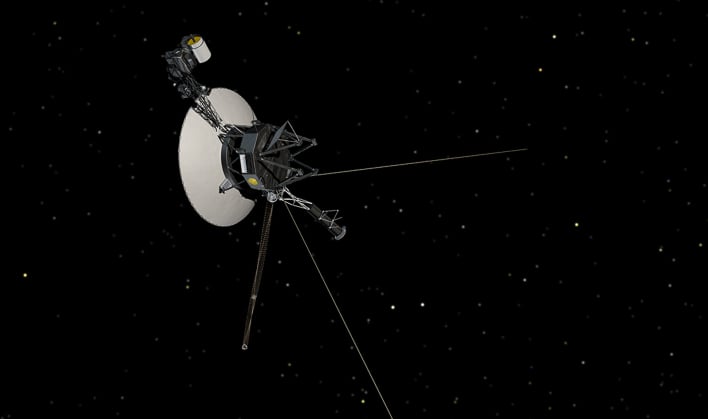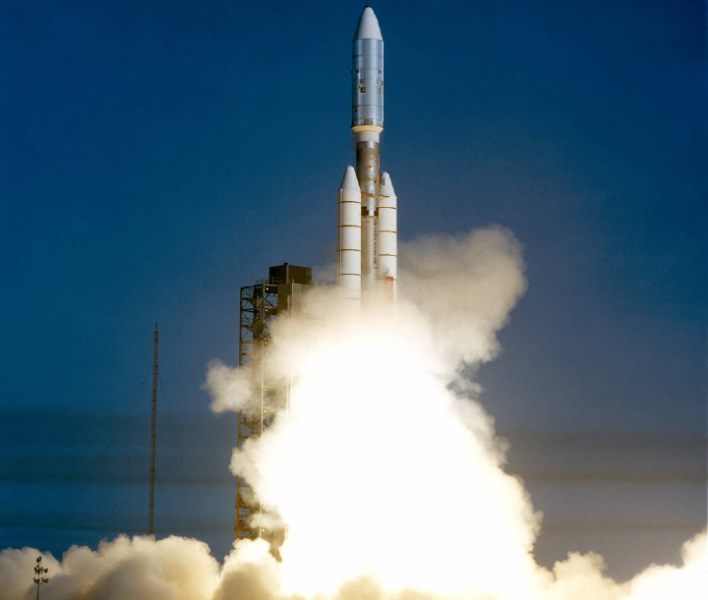NASA Engineers Baffled By Bizarre Telemetry Data Sent By Voyager 1 Launched In 1977

Voyager 1 launched in 1977 and has since been traversing through space. Currently the spacecraft is much farther away from Earth and the Sun than Pluto, as it made its historic entry into interstellar space, the region between stars, in 2012. Its primary mission, along with Voyager 2, was to explore Jupiter and Saturn. The current mission is the Voyager Interstellar Mission (VIM), as the duo explore the outermost edge of the Sun's domain, and beyond. But first, engineers need to figure out what the issue is with Voyager 1's AACS.
The engineering team with NASA's Voyager 1 spacecraft is a bit stumped as to why it is continuing to operate normally, but its AACS is not reflecting what is actually happening with the spacecraft. The AACS controls the orientation of the 45-year-old spacecraft. It also keeps its high-gain antenna pointed precisely at Earth, which enables it to send data back to Earth. While all signs seem to say the AACS is operating properly, the telemetry data it is returning is invalid.

"A mystery like this is sort of par for the course at this stage of the Voyager mission," stated Suzanne Dodd, Project Manager for Voyager 1 and 2 at NASA's Jet Propulsion Laboratory in Southern California. "The spacecraft are both almost 45 years old, which is far beyond what the mission planners anticipated. We're also in interstellar space, a high-radiation environment that no spacecraft have flown in before. So there are some big challenges for the engineering team. But I think if there's a way to solve this issue with the AACS, our team will find it."
Dodd added that there is a real possibility that the team will not be able to determine what the issue with the AACS is, and will simply have to adapt to it. If they are able to identify the source of the issue it could be fixed through software changes or possibly by utilizing one of the spacecraft's redundant hardware systems.
As the engineering team continues to try and solve the perplexing problem, the mission's scientists will remain hard at work attempting to make the most of whatever data is returned from the spacecraft's rare vantage point.
Top Image Courtesy of JPL/NASA

